What is the Legal Limit for SUV Tyres?
If your tyres aren’t road worthy, you are committing an offence. Here, Michelin talk through the legal requirements for SUV tyres and tyre tread.

How many miles on an SUV tyre?
There are many factors that will affect a tyres overall lifespan.
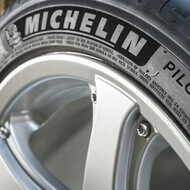
Most standard bodies recommend that the average front tyre will last 32100 kms (20,000 miles). Rear tyres could have double the lifespan on a front wheel-drive vehicle. Therefore, it’s clear that the type of tyre you use will be a significant factor in how many kilometres your tyre can last. However, we recommend that if the tyres are more than 5-year-old, get them checked annually by a professional.
Of course, if you are constantly driving on rough or uneven terrain, your tyres will wear quicker as they will have to work harder. The same applies in differing weather conditions. In the summer, you may find the temperatures causing your tyres to overinflate, while the opposite problem may arise in the winter.
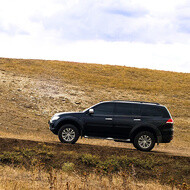

Upkeep of your vehicle is essential. However, your driving habits can play a big part in how long your tyres stay in good condition. To improve usability of your tyres and to keep the tread compound at a legal level, avoid harsh acceleration and braking as this increases the work your tyres have to do.
It's also important to look after your tyres. The ideal tyre pressure may differ depending upon the terrain, on which it is driven and this can have a huge impact on how many kilometres your SUV tyre can last. For example, if you’re driving on road, you should refer to your vehicle’s handbook, with the pressure usually somewhere between 30 to 38psi. For rough, gravelly surfaces, drop the tyre pressure slightly by 6psi(approx). Muddy routes require further pressure release depending on the road conditions. Somewhere between 22 to 28psi is recommended, but you must tackle the route with caution. Rocky conditions will require a similar pressure level, while off-roading on sand can allow the pressure to drop even further and you’d still have the required traction.
However, be sure to consult your manufacturer for any advice related to reduced inflation pressures. A tyre has to be designed to run at reduced inflation pressure, as just by removing a bit of pressure can cause the tyre to rupture.
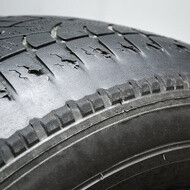
If your tyres aren’t road worthy, you are committing an offence. Here, Michelin talk through the legal requirements for SUV tyres and tyre tread.
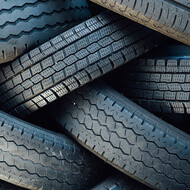
Tyres are a huge part of your car being road-worthy and also performance. Let Michelin talk you through when is best to replace your SUV’s tyres.

Having the correct tyre pressure is crucial in regard to efficiency, safety, and a variety of other driving factors.

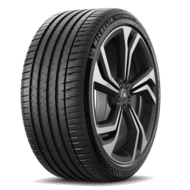
Road control for SUVs made to last

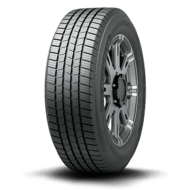


For your city commute and light off-road journeys. The Michelin LTX Force SUV tyre handles it all.

Crossover - SUV - 4X4

For all on-road orientated 4x4 vehicles
Recommended by 90% of consumers⁽¹⁾
For all on-road oriented SUVs

Crossover - SUV - 4X4
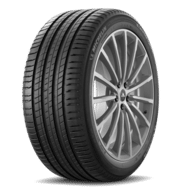
Acclaimed for its driving dynamics and safety⁽¹⁾.


The MICHELIN PRIMACY 4 is safe when new, safe when worn.